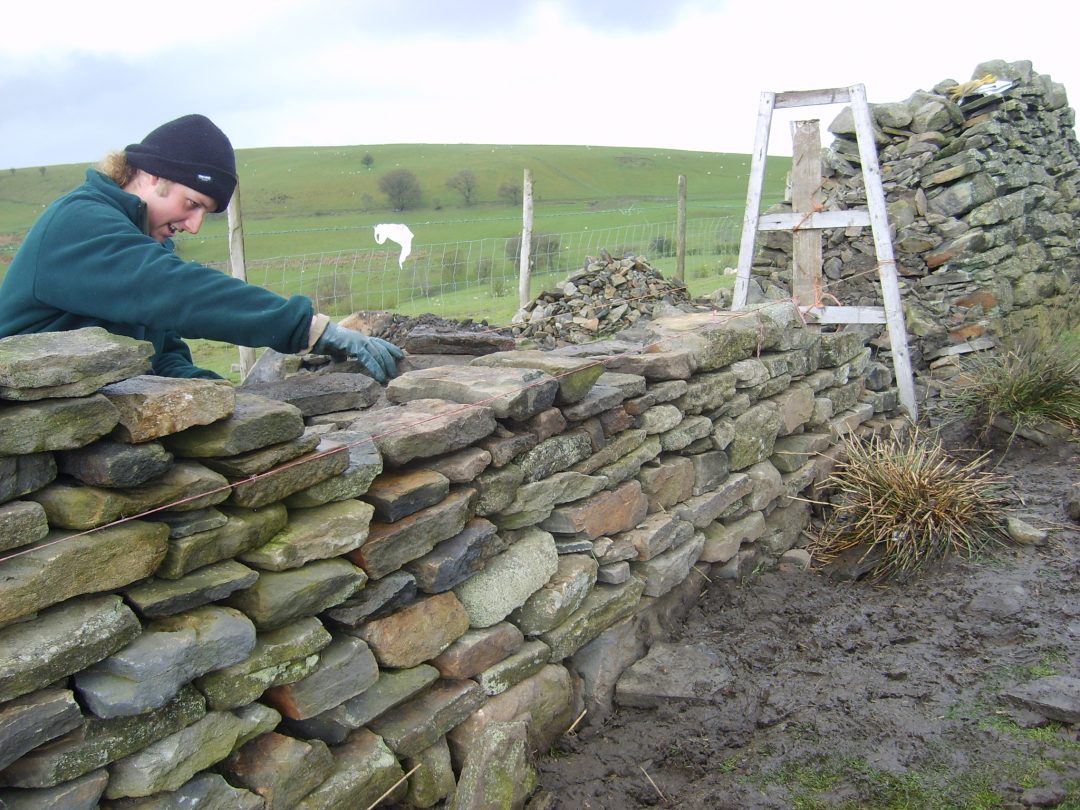

We wear our fingers rough with handling them. ‘Stay where you are until our backs are turned!’ We have to use a spell to make them balance: To each the boulders that have fallen to each.Īnd some are loaves and some so nearly balls No one has seen them made or heard them made,īut at spring mending-time, we find them there. It either gets damaged by some hunter, who pulls down the walls of the walls searching for rabbits to please their barking dogs or by other means. In lines 1 to 9, the narrator says that something mysterious does not want walls and permanently destroys the walls, making a gap for two people to pass through it quickly. Where they have left not one stone on a stone,īut they would have the rabbit out of hiding, That sends the frozen-ground-swell under it,Īnd spills the upper boulders in the sun Īnd makes gaps even two can pass abreast. Something there is that doesn’t love a wall, The poem ‘Mending Wall’ brings out perfect feel and sound by pulsating skilfully. All words in the poem are short and conversational yet have been written in a straightforward language. Many of the end-words like wall, hill, balls, wall, and well sun, thing, stone, mean, line, and again or game, and he twice shares consonance.Īlongside, the poem has internal rhyming words which have been kept slanted and subtle by Frost. The poem doesn’t have any stanza breaks or rhyming patterns and exhibits continuity. The poet has made perfect implementation of five stressed syllables in each line of the poem but has extended the feet’ variation so that the verse’s natural speech-like quality can continue to be sustained.

The poem’s baseline meter in the blank verse, but some of the lines apace with blank verse features like lock-step iambs, five abreast. On the other hand, his neighbour is a stone-headed savage who believes in his father’s age-old philosophy: “Good fences make good neighbours.” Mending Wall Analysis Style and Form


He asks why there should be a wall when his neighbour has only pine trees, and he has apples, and these cannot intrude into the narrator’s property. According to him, both of them don’t need a wall. Though the narrator comes together with his neighbour to repair the wall, he considers this an act of stupidity. Thus, with the onset of spring, the narrator, along with his neighbour, starts to mend the shared wall between their properties. According to him, the human-made walls are destructed by natural events or even hunters searching for rabbits for their hungry dogs. The poet here speaks about nature and says that not everything that exists in nature needs a wall. The reader understands the meaning of life in a new way as he is on a thrilling and rewarding quest. It requires the reader’s analysis, philosophies, and search for an inevitable conclusion that he cannot find. The poem analyses the fundamental nature and characteristics of human relationships. The poet says that something in nature doesn’t want a wall, to which his neighbour answers, “Good fences make good neighbours.” Here, the speaker is a farmer in New England who walks along with his neighbour in spring to repair the stone wall that falls between their farms.Īs they start mending the wall, the narrator engages in a conversation with his neighbour and asks why the wall is even needed. Mending Wall Analysis Literary Devices, Figurative language About Mending Wall Analysisĭavid Nutt published Robert Frost’s ‘Mending Wall’ in 1914, and in terms of modern literature, the poem is considered one of the most organized and diversified poems. Robert Frost used simple language in his poems with the application of irony and ambiguity. Though writing poetry in traditional verse forms and metrics, he remained completely aloof from the poetic movements. Robert Frost is an author of universal themes and is more than just a regional poet, although his work is mainly based on the life and landscape of New England. Robert Frost became an eminent poet by the 1920s as his work was immensely recognized, and he earned great fame and honour with each new book. Students can also check the English Summary to revise with them during exam preparation. His first ever published poem was ‘My Butterfly,’ which came out on 8th November 1894 in ‘The Independent.’ Robert Frost was greatly influenced by contemporary British poets like Edward Thomas, Rupert Brooke, and Robert Graves. The poet was born on 26th March 1874 in San Francisco and was interested in reading and writing poetry in Lawrence’s high school days. According to the poet, there are two types of people, one who wants walls and others who don’t. Mending Wall Analysis: Inspired by his wife, Elinor Miriam White, the poem ‘Mending Wall’ was written by Robert Frost to explore human relationships’ nature.


 0 kommentar(er)
0 kommentar(er)
